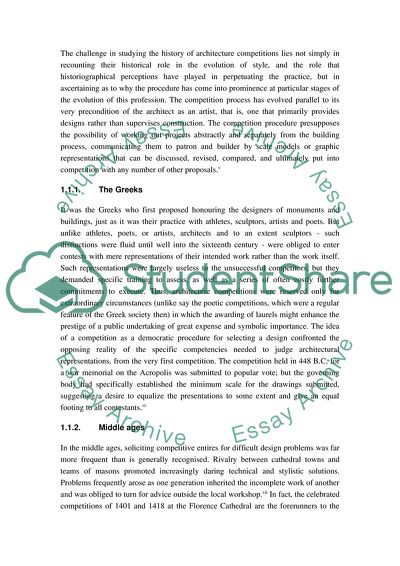Cite this document
(Architectural Competitions as a Challenge for the Architectors Essay, n.d.)
Architectural Competitions as a Challenge for the Architectors Essay. https://studentshare.org/architecture/1713650-architectural-competitions
Architectural Competitions as a Challenge for the Architectors Essay. https://studentshare.org/architecture/1713650-architectural-competitions
(Architectural Competitions As a Challenge for the Architectors Essay)
Architectural Competitions As a Challenge for the Architectors Essay. https://studentshare.org/architecture/1713650-architectural-competitions.
Architectural Competitions As a Challenge for the Architectors Essay. https://studentshare.org/architecture/1713650-architectural-competitions.
“Architectural Competitions As a Challenge for the Architectors Essay”. https://studentshare.org/architecture/1713650-architectural-competitions.


